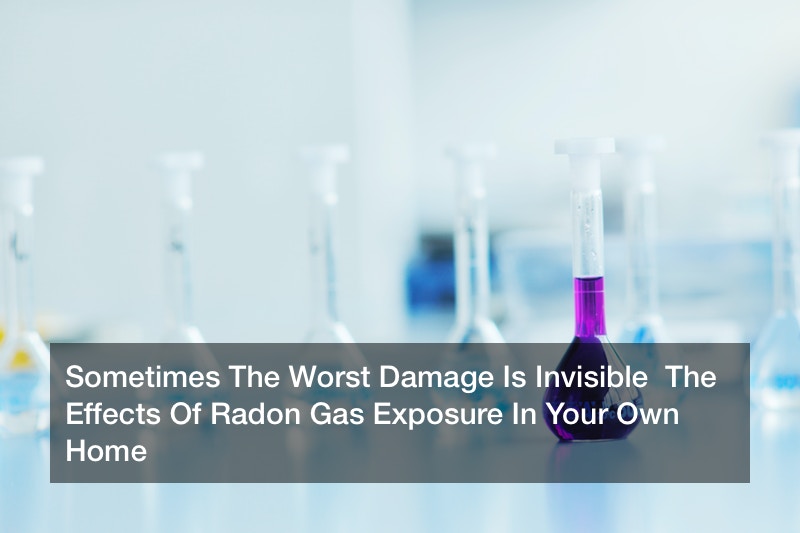
Sometimes the most dangerous things you can encounter are also the most subtle.
Your water can be infected with a deadly strain of bacteria with you none the wiser. Your food could carry an illness that leaves you sick for days. Radon gas is yet another invisible danger that can crop up in your own home, affecting your family and putting you at an increased risk for lung cancer. This is where residential radon gas testing comes in. You have several resources at your fingertips not just for identifying the safety levels of your home, but taking action.
Does your home have radon gas? What should you do if it’s above the recommended action level? Find out more about this deadly, naturally occurring chemical below.
What Is Radon Gas?
Knowledge is power. Learning more about radon gas is essential in not just identifying the risks, but counteracting it and staying safe. Radon gas is a naturally occurring element, found in many American homes today and thriving undetected. It has no odor, color, or taste, making it a health hazard that can easily be blamed on other sources. According to data provided by the U.S. EPA, nearly one out of three homes checked across seven states and three Indian lands was tested positive for radon gas exposure.
What Are The Side-Effects?
Radon gas is hazardous to your health. The Surgeon General has warned radon to be the second leading cause of lung cancer today, even taking into account the aftereffects of smog and smoking. Scientists have estimated lung cancer deaths could be reduced by 2% to even 5% with the aid of radon abatement systems. Even short-term issues can crop up, leaving you in a bad position to recover if you have pre-existing health conditions. Watery eyes, constant sinus congestion, and difficulty breathing are frequent issues caused by mild radon exposure.
How Common Is Radon Gas?
You might be tempted to circumvent residential radon testing. It’s more common than you think. The Surgeon General’s Office has estimated as many as 20,000 deaths are either directly or indirectly caused every year by radon exposure. A family whose home has radon levels of 4 pCi/l is exposed to nearly 35 times the amount of radioactive exposure as the Nuclear Regulatory Commission would allow if they were next to the fence of a radioactive waste site. This is an issue that needs to be taken seriously as soon as possible if you’re to stay safe.
What Technology Is Used To Remove Radon Gas?
There are several residential radon testing resources you can use to significantly reduce the amount of radon gas in and around your home. Passive systems of mitigation have been shown to reduce indoor radon gas levels by more than 50%. Radon ventilation fans added to the mix can raise this percentage even further. The risk of lung cancer increases by at least 15% per 100 Bq/m increase in long time average radon concentration. Today it’s thought one out of every 15 American homes have radon levels either at or above the recommended EPA action level.
Should I Call For Residential Radon Testing?
The sooner you take action, the better. Radon is an unforgiving element, able to wreak havoc on your family’s health with you none the wiser. Short-term detectors are able to measure radon levels between two to 90 days, depending, while long-term tests can determine the average for 90 days or more. A local sump pump excavation can get to the root of the issue and determine where the radon gas is coming from. After that it’s just a matter of consistently using the radon gas removal system to clear up your air and return your home to normal.
Be proactive about your family’s health. Reach out to a professional about residential radon testing and remove radon in your home.

